The Truth About Muscle Cars: Third Place
In an act of enormous generosity, a fresh-from-the-farm fraternity pledge offered to drive the Polo-clad seniors around in his car—a restored 1967 GTO with Centerline wheels. "No one in Independence (Missouri) ever beat it," he proudly declared. "Worth over 20 grand." That was in 1990. The older fraternity brothers winced. "We'll be seen in that?" Showing maturity beyond his years, he stabled the Goat and returned next semester with a beat-up Tercel. This was, ironically, the more socially acceptable choice at my upper-middle-class fraternity.
Muscle cars are cool. They're tough. They're American. But they're not for up-and-comers. Refined? Well, no. Sophisticated? Hardly. A technological tour de force? Save them words for androgynous Europeans with little glasses. If you're the type who understands opera or worries about the safety of dolphins or includes "tofu" on your grocery list, don't even try to understand.
It's about manliness. Old-fashioned, redneck manliness. The innate masculine desire to shove rivals into the dirt and to impress women by laying a really long tire mark. A muscle car must growl and purr and warm the soul of a man raised on the Wal-Mart snack aisle. Like a WWF wrestler, skill or finesse is not necessary. Cleanliness is nice, but far from essential. Attitude is. Some fat is okay, too. In fact, lean and trim is for fairies. Men have guts, and so should their cars. Make it cheap, make it fast, and give it girth. Oh yeah, and build it in America. Otherwise, don't bother.
Because, you see, the muscle car is "real" America. Not like the fabricated John Kerrys or Paris Hiltons on TV. We're talking about the people who live in that great big area between the coasts. The Bo and Luke Dukes and their chicks who live in small towns, work in menial occupations, and drive bad ass Chargers and Mustangs. Don't ask them to understand the driver-machine ethos behind BMW. I mean, the M3 has only 6 cylinders like, you know, a girl's car. No, the real America still wears mullets, eats pork rinds, and sacrifices retirement savings for V8 engines.
What is a muscle car? The definition is terribly simple, yet inexplicably easy for manufacturers to screw up. It is:
• Big engine. V8 ideal, more is tolerated.
• Rear wheel drive. Non-negotiable.
• Made in USA. Also non-negotiable.
• Badass physique. Make it mean.
• Cheap. Must be in reach of the Best Buy salesman. Halos like the Vette and Viper are for aging orthodontists. But a $1000 beat-to-shit Firebird is accessible and totally bitchen.
Ironically, Big 3 automakers continually deviate from this definition, shaming themselves and squeezing blood from the faithful. Like the jelly-bean Aussie GTO, the stupid-high-priced Chevy SSR (would have been genius if sold for $25K), or the front-drive poser Monte Carlo. On the other hand, Grandma's 1970 Nova with coffee-can exhaust and fatter-than-Oprah tires on the back, now that's a muscle car.
Who buys 'em? Chances are, it ain't your mayor and it ain't your doctor. In fact, if you graduated from an accredited university, you're not allowed to own a Camaro. But, if you're 19 and think it's appropriate to spend 50% of your take-home pay on such a car, you may be in. Or, if you're over 40 and honestly believe life was better at 19, then you, too, may be a candidate.
The truth about muscle cars is that they're embarrassing to the intellectual elite, they indicate a lack of upward mobility, and they eschew logic and finesse over simple brute force. Driven with pride during adolescence, the maturing driver eventually sells out to more sophisticated, and typically foreign, rides. It's a phenomenon admonished by the not-so-quiet majority who appreciate bold braggadocio far more than understated elegance. But, like it or not, muscle is a part of the American identity. And the automakers that whole-heartedly embrace this identity can profit from it. The new GT Mustang and upcoming Dodge Challenger are proof of that. "Innovative" and "advanced" are not the primary descriptors of these cars. But they are profound symbols that someone in Detroit does, in fact, "get it."
While muscle cars are part of our culture, they are not all of it. In this great country anyone can, if desired, put down the spit can and make efforts to advance. The fraternity pledge who hid his GTO is proof of that. Today, fifteen years later, he drives a Volvo C70, hob-nobs at country clubs, and sells nuclear parts to the government for ungodly commissions. He still dreams of the Goat, but to him it's a pleasant reminder of an earlier phase of life now long gone. And in his place, somewhere on another college campus, a young redneck-turned-freshman is scratching his head wondering, why don't these college boys like my car?
[Published as originally submitted.]
More by Admin
Latest Car Reviews
Read moreLatest Product Reviews
Read moreRecent Comments
- 3-On-The-Tree My 2009 C6 corvette in black looks great when it’s all washed and waxed but after driving down my 1.3 mile long dirt road it’s a dust magnet. I like white because dust doesn’t how up easily. Both my current 2021 Tundra and previous 2014 Ford F-150 3.5L Ecobomb are white
- Bd2 Would be sweet on a Telluride.
- Luke42 When will they release a Gladiator 4xe?I don’t care what color it is, but I do care about being able to plug it in.
- Bd2 As I have posited here numerous times; the Hyundai Pony Coupe of 1974 was the most influential sports and, later on, supercar template. This Toyota is a prime example of Hyundai's primal influence upon the design industry. Just look at the years, 1976 > 1974, so the numbers bear Hyundai out and this Toyota is the copy.
- MaintenanceCosts Two of my four cars currently have tires that have remaining tread life but 2017 date codes. Time for a tire-stravaganza pretty soon.



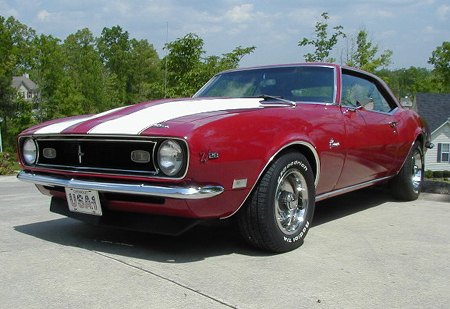












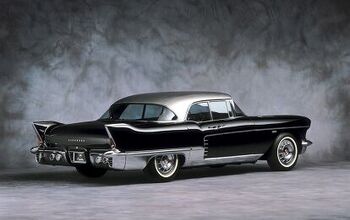
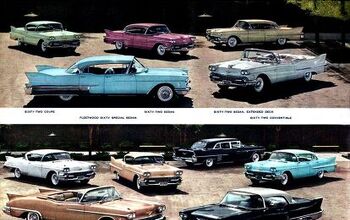

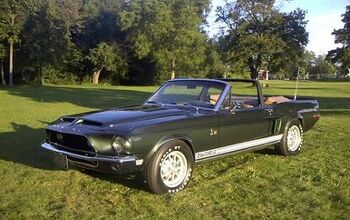
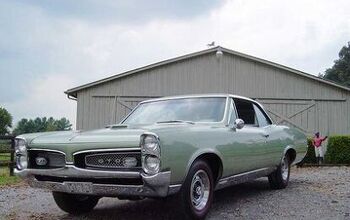
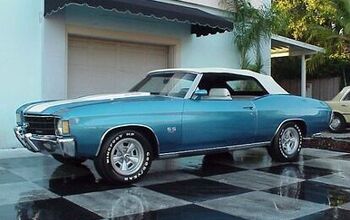
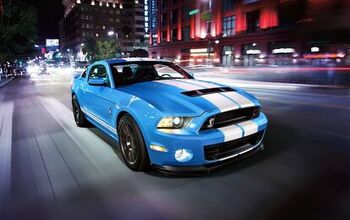
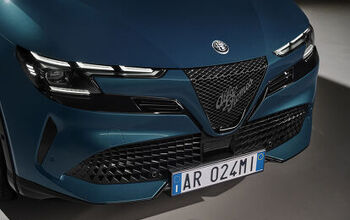
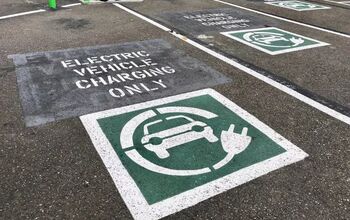
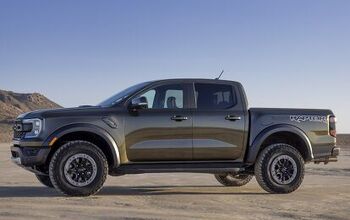
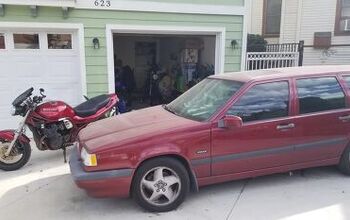


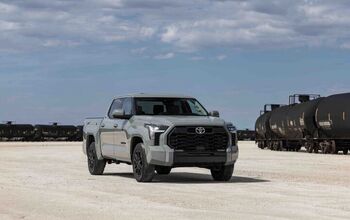
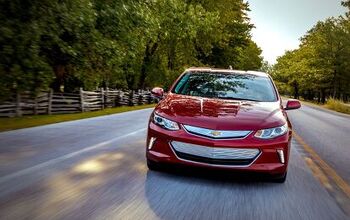
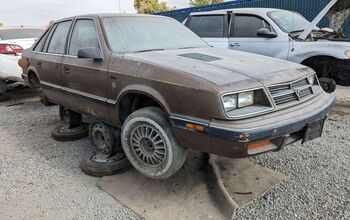


Comments
Join the conversation